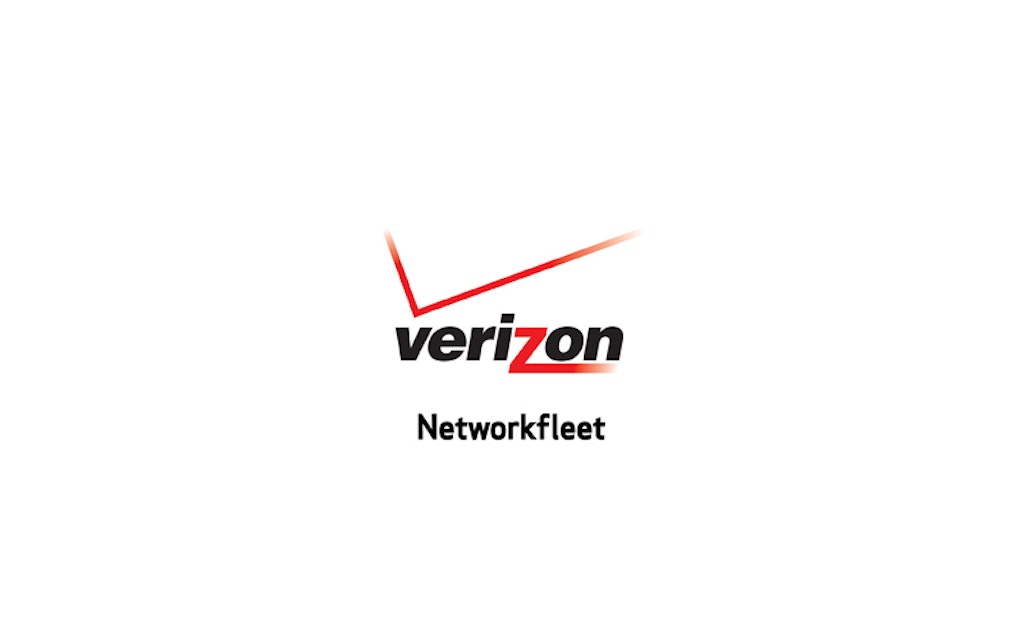Interested in Business?
Get Business articles, news and videos right in your inbox! Sign up now.
Business + Get AlertsFleet managers are faced with a number of ever-growing challenges. At the top of the list? Driver retention.
Though hiring more drivers is certainly one way of tackling the issue at hand, perhaps the best solution isn’t in finding new employees, but in keeping the ones you currently have. After all, recruitment and training for each new driver costs an estimated $5,000 according to the Journal of Commerce, and many of these rookie hires lack the experience and qualifications driving positions require.
To make driver retention more attainable, consider these steps:
1. Identify Your Best Drivers
The first step in driver retention is identifying which drivers are worth keeping. If a fleet manager doesn’t have the intimate knowledge of every driver’s work performance or access to accurate records, it may be a difficult task to weed out the adequate from the stellar. And with even a handful of drivers, to potentially hundreds, staying up-to-date is no easy feat.
A fleet management system can provide managers with the capabilities to track each individual driver through the use of tracking and diagnostics technologies. For example, driver inspection reports allow fleet managers or supervisors to keep tabs on driver performance in near-real time. This makes the process of identifying the drivers who are going above and beyond — and those who are just sliding by — a smoother one.
2. Enhance the Work Environment
Although each individual employee likely has specific things they value in a job (one may care more about paid vacation time, for instance, while another would rather have a newer truck), there are some common factors that can be helpful in retaining quality drivers. Tangible perks such as competitive pay, good benefits, reliable equipment and safe working conditions can help boost driver retention. To enhance the work environment, and to increase the chances drivers will want to stay put, take these questions into consideration.
What are you paying?
With the high competition for good drivers, companies should take a close look at what they’re paying their fleet employees. While salary isn’t a deal-breaker for many drivers, it’s still a big motivating factor.
How’s your equipment?
Fleet vehicles don’t need to be brand-new, but they should be in consistently good working order. With a well-maintained fleet, drivers will experience fewer roadside issues, such as a flat tire or engine trouble. GPS fleet tracking can alert managers to vehicle issues before they become much worse, and it provides reminders for routine maintenance work. Not only does this help keep drivers safe, it benefits the business, too.
What are the hours like?
No one likes working long days with little time off for resting up and seeing loved ones. Fleet telematics can help optimize routes and improve driver schedules, making better use of their time on the road and reducing unnecessary idle periods.
Improving driver retention may require a little extra effort, but those extra steps will be well worth it in the long run, both for the overall health of a company and its bottom line. Consider adding a few or all of the steps above to promote your driver retention.
To learn more about Verizon’s Networkfleet services and how they can improve driver retention, visit www.networkfleet.com or call 866/869-1353.






